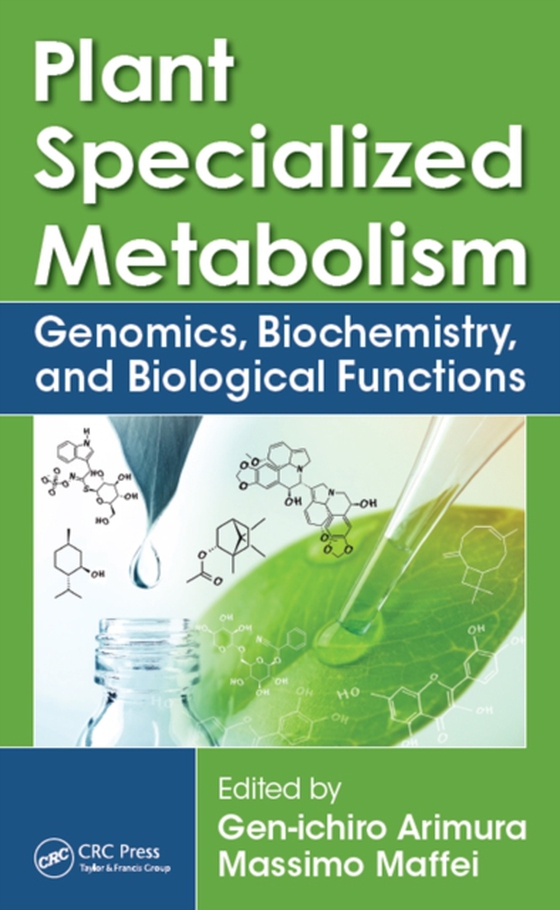
Plant Specialized Metabolism e-bog
403,64 DKK
(inkl. moms 504,55 DKK)
Recent advances in science have clarified the role of plant specialized metabolites (classically known as plant secondary metabolites), which cannot be considered only bioactive molecules used for human health but also pivotal factors for the global ecosystem. They play major roles in plant life, evolution, and mutualism. To provide the reader a general view of plant specialized metabolites, it...
E-bog
403,64 DKK
Forlag
CRC Press
Udgivet
26 oktober 2016
Længde
376 sider
Genrer
Agriculture, agribusiness and food production industries
Sprog
English
Format
pdf
Beskyttelse
LCP
ISBN
9781498726290
Recent advances in science have clarified the role of plant specialized metabolites (classically known as plant secondary metabolites), which cannot be considered only bioactive molecules used for human health but also pivotal factors for the global ecosystem. They play major roles in plant life, evolution, and mutualism. To provide the reader a general view of plant specialized metabolites, it is important to consider both the biochemistry and the functional/ecological role of these important compounds.Around 200,000 specialized metabolites are formed by a wide array of plant metabolic pathways from numerous plant taxa and through learning how other species (including human beings) rely on them. Plant Specialized Metabolism: Genomics, Biochemistry, and Biological Functions will provide the reader with special insights into the sophisticated nature of these metabolites and their various and valuable uses based on the most recent findings in science.The field of plant specialized metabolism has witnessed tremendous growth in the past decade. This growth has had a profound impact on multiple disciplines in life science, including biochemistry, metabolism, enzymology, natural product chemistry, medicinal chemistry, chemical ecology, and evolution. It also has yielded valuable knowledge and technology readily applicable in various industries, such as agriculture, horticulture, energy, renewable chemicals, and pharmaceuticals. The book focuses on the molecular background of secondary metabolite biosynthesis, their functional role, and potential applications.
 Dansk
Dansk

